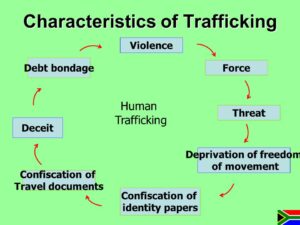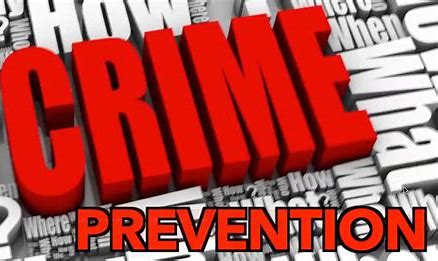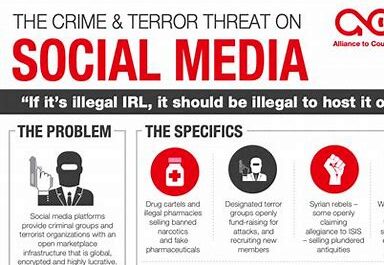INRODUCTION:
Child exploitation represents one of the most egregious violations of children’s rights, encompassing various forms of abuse, coercion, and exploitation. Child labor and child trafficking are two interconnected manifestations of this phenomenon, each presenting distinct challenges and consequences for children’s well-being and development. In this comprehensive analysis, we’ll delve into the complexities of child exploitation, examining the characteristics, impacts, root causes, and strategies for prevention and intervention.
1. Child Labor: Child labor refers to the employment of children in work that deprives them of their childhood, education, and opportunities for healthy development. It encompasses a wide range of activities, from hazardous and exploitative forms of labor to less harmful forms of work that interfere with children’s schooling and leisure.

2. Characteristics of Child Labor:
- Child labor can take various forms, including agricultural work, domestic service, street vending, factory labor, mining, and hazardous occupations.
- Children engaged in labor may work long hours, receive inadequate wages, lack access to education and healthcare, and face physical, emotional, and psychological risks.
- Poverty, lack of educational opportunities, discrimination, social norms, and inadequate legal protections contribute to the persistence of child labor in many regions.
3. Impacts of Child Labor:
- Child labor has detrimental effects on children’s physical health, mental well-being, and educational attainment.
- Children subjected to labor exploitation are vulnerable to injuries, illnesses, abuse, and exploitation, leading to long-term consequences for their overall development and future prospects.
- Child labor perpetuates cycles of poverty, inequality, and social marginalization, hindering efforts to achieve sustainable development and human rights.
4. Child Trafficking: Child trafficking involves the recruitment, transportation, transfer, harboring, or exploitation of children for various purposes, including forced labor, sexual exploitation, domestic servitude, and organ trafficking. It is a grave violation of children’s rights and a form of modern-day slavery.
5. Characteristics of Child Trafficking:
- Child trafficking occurs both domestically and across international borders, often facilitated by criminal networks, traffickers, recruiters, and corrupt officials.
- Children are trafficked for various purposes, including forced labor in agriculture, manufacturing, construction, domestic work, and commercial sexual exploitation.
- Trafficked children may suffer physical violence, sexual abuse, psychological trauma, and coercion, with little or no access to protection, support, or recourse.

6. Impacts of Child Trafficking:
- Child trafficking has devastating effects on children’s physical and psychological well-being, depriving them of their rights, autonomy, and dignity.
- Trafficked children endure exploitation, abuse, and trauma, leading to profound psychological distress, post-traumatic stress disorder (PTSD), and long-term emotional scars.
- Child trafficking perpetuates cycles of vulnerability, exploitation, and marginalization, fueling criminal networks, corruption, and impunity.
7. Prevention and Intervention Strategies:
- Preventing child exploitation requires a multi-faceted approach addressing root causes, strengthening legal frameworks, and promoting education, awareness, and social protection measures.
- Effective prevention strategies include poverty alleviation, access to quality education, social protection programs, vocational training, and community-based interventions.
- Comprehensive legal frameworks, law enforcement efforts, and international cooperation are essential for combatting child labor and trafficking, prosecuting perpetrators, and protecting victims.

8. Support and Rehabilitation Services:
- Providing holistic support and rehabilitation services is crucial for child victims of exploitation, including medical care, psychosocial support, legal assistance, education, vocational training, and reintegration into communities.
- Non-governmental organizations (NGOs), civil society organizations, and grassroots initiatives play a vital role in providing victim-centered services, raising awareness, and advocating for policy reforms.
In conclusion, child exploitation, encompassing child labor and child trafficking, represents a grave violation of children’s rights and a global humanitarian crisis. Addressing the root causes, preventing exploitation, and protecting children from harm require concerted efforts from governments, civil society, the private sector, and the international community. By prioritizing child protection, promoting education, combating poverty, and strengthening legal frameworks, stakeholders can work together to eradicate child exploitation and ensure every child’s right to a safe, healthy, and dignified childhood.


